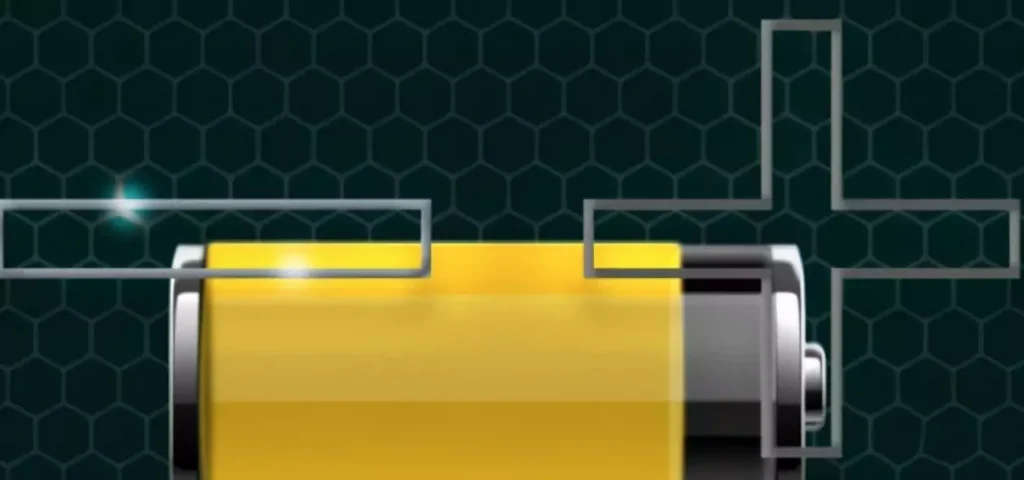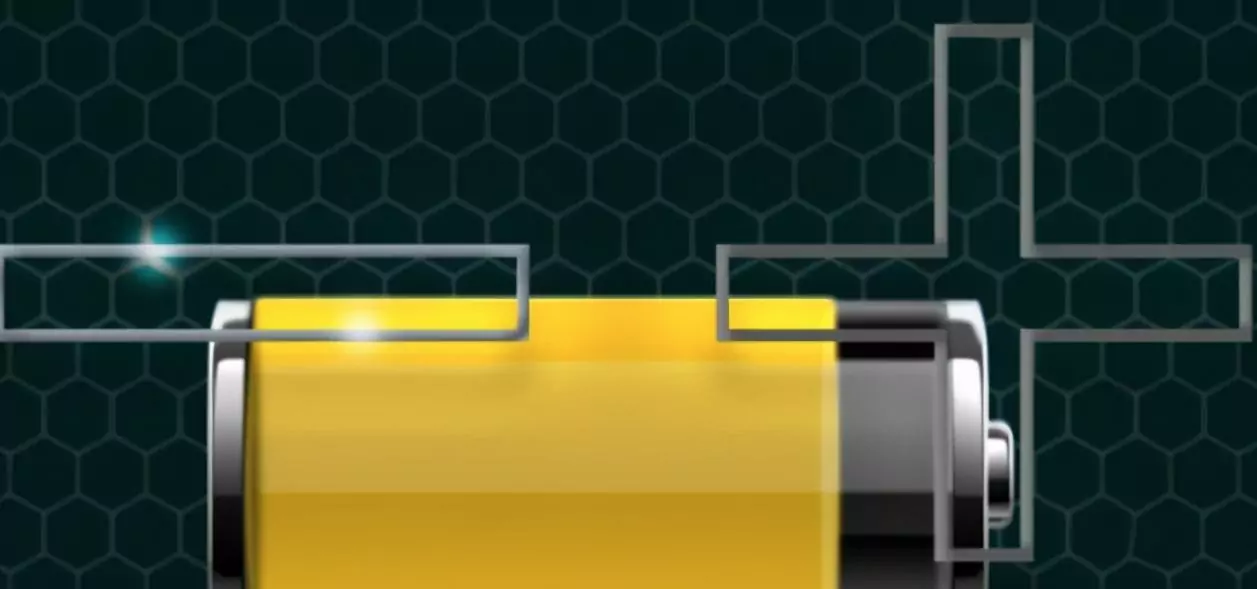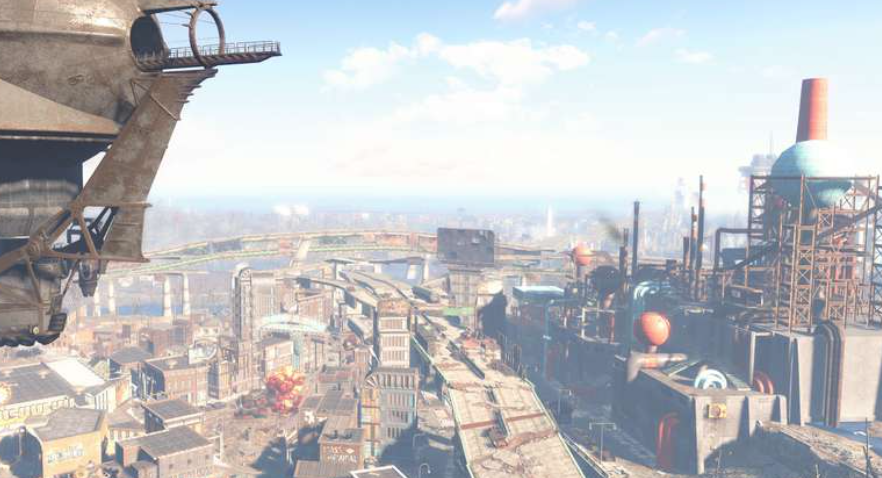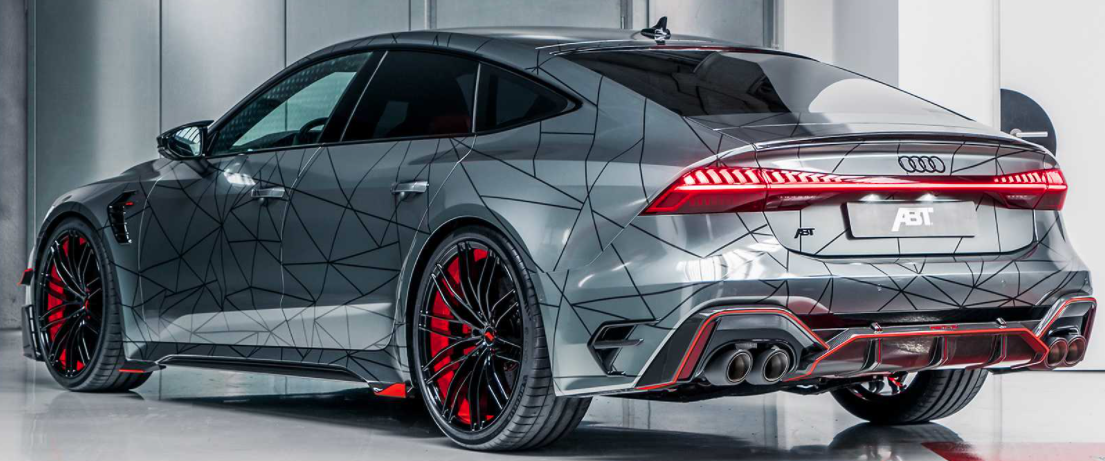
massless battery companies,super battery
According to a paper published in the international authoritative academic journal “Materials Today” on the 20th, researchers at the Massachusetts Institute of Technology in the United States developed the world’s longest flexible fiber battery. This rechargeable lithium-ion battery is 140 meters long and can be woven and washed. It can power fiber-based electronic devices and sensors in the future, and can even be used to make 3D printed batteries of almost any shape.
The battery has an energy storage capacity of 123 mAh and can charge smart watches or mobile phones. The thickness of the fiber device is only a few hundred microns, which is thinner than any battery produced in fiber form in the past.
massless’ energy storage,massless energy battery,structural battery,massless battery companies,super battery,battery technology,new battery technology breakthrough,structural battery composites
This new type of fiber battery is manufactured using a new type of battery gel and a standard fiber drawing system. It first forms a larger cylinder containing all the components, and then heats it to a temperature slightly below its melting point, passing through a narrow The opening is pulled out and all parts are compressed to a small part of their original diameter while maintaining the original arrangement.
One of the paper’s main authors and a postdoctoral fellow at the Massachusetts Institute of Technology, Tural Kudiyev, said: “Although there have been attempts to make batteries in the form of fibers, the structure of these batteries is the use of key materials outside the fibers, and this new system Lithium and other materials are embedded in the fiber and covered with a protective coating on the outside to directly make this version of the battery stable and waterproof.” He said that this is the first demonstration of a sub-kilometer-long fiber battery. This battery is long enough and very durable.
The material can also be used for 3D printing or custom shape systems, for example, can provide structured housing equipment and its power supply. In order to demonstrate this ability, the researchers wrapped a toy submarine with battery fibers to power it. Similar devices can reduce the overall weight of the equipment, improve efficiency and expand its scope of use.




